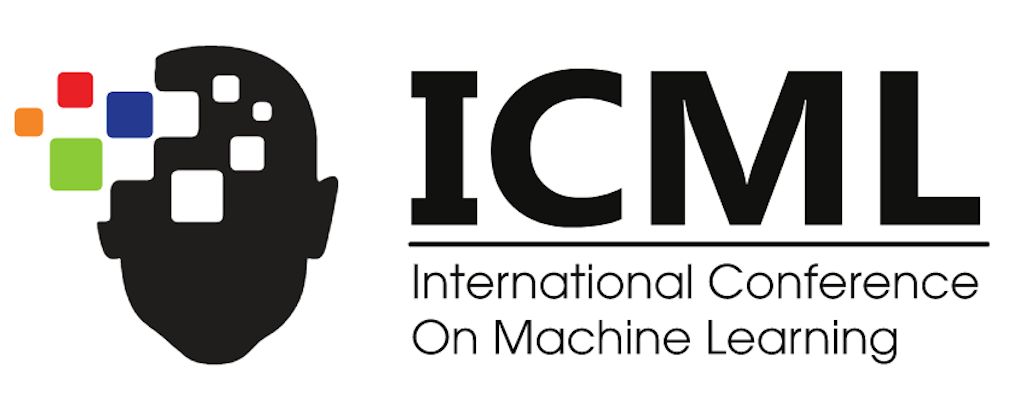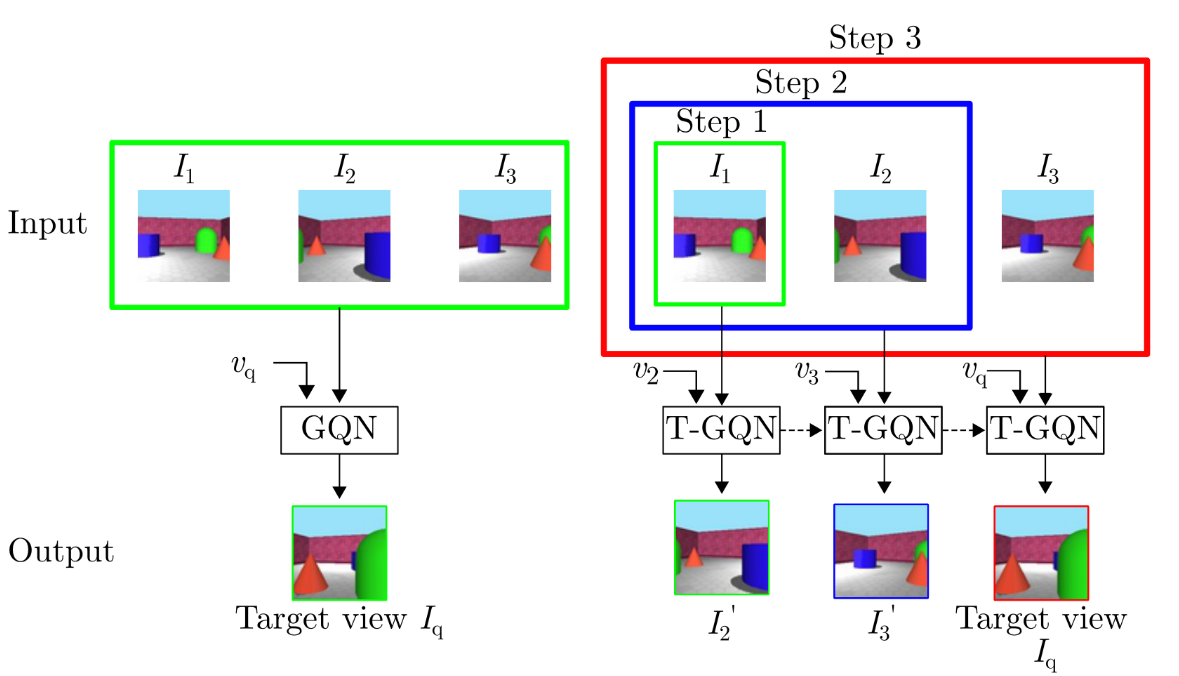Abstract:
For the past century, the anatomy of a neuron has been considered one of its defining features: The shape of a neuron's dendrites and axon fundamentally determines what other neurons it can connect to. These neurites have been described using mathematical tools e.g. in the context of cell type classification, but generative models of these structures have only rarely been proposed and are often computationally inefficient. Here we propose MorphVAE, a sequence-to-sequence variational autoencoder with spherical latent space as a generative model for neural morphologies. The model operates on walks within the tree structure of a neuron and can incorporate expert annotations on a subset of the data using semi-supervised learning. We develop our model on artificially generated toy data and evaluate its performance on dendrites of excitatory cells and axons of inhibitory cells of mouse motor cortex (M1) and dendrites of retinal ganglion cells. We show that the learned latent feature space allows for better cell type discrimination than other commonly used features. By sampling new walks from the latent space we can easily construct new morphologies with a specified degree of similarity to their reference neuron, providing an efficient generative model for neural morphologies.









































